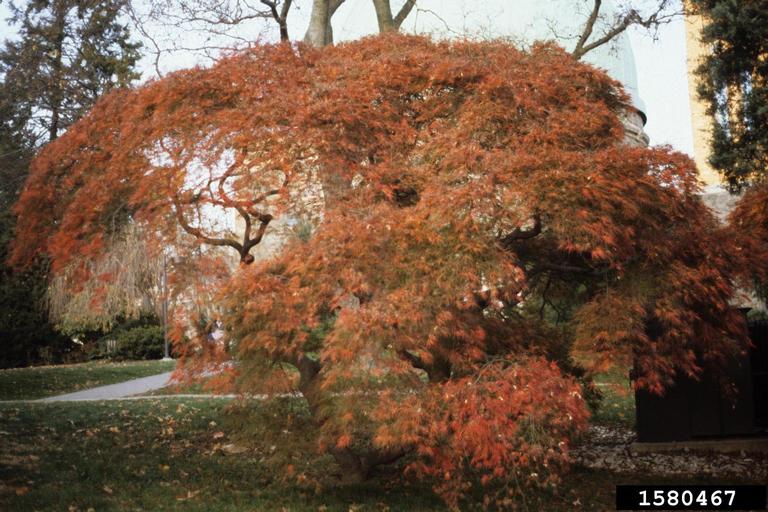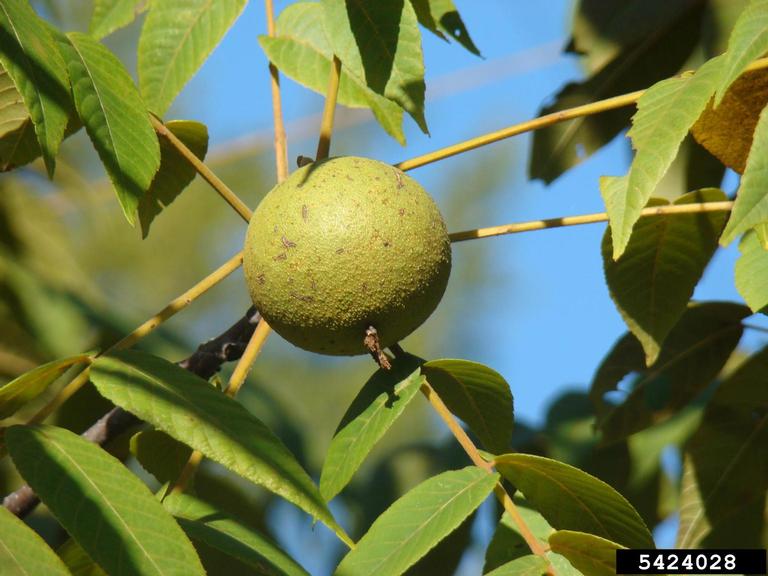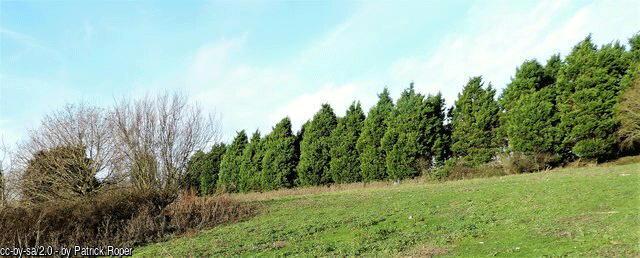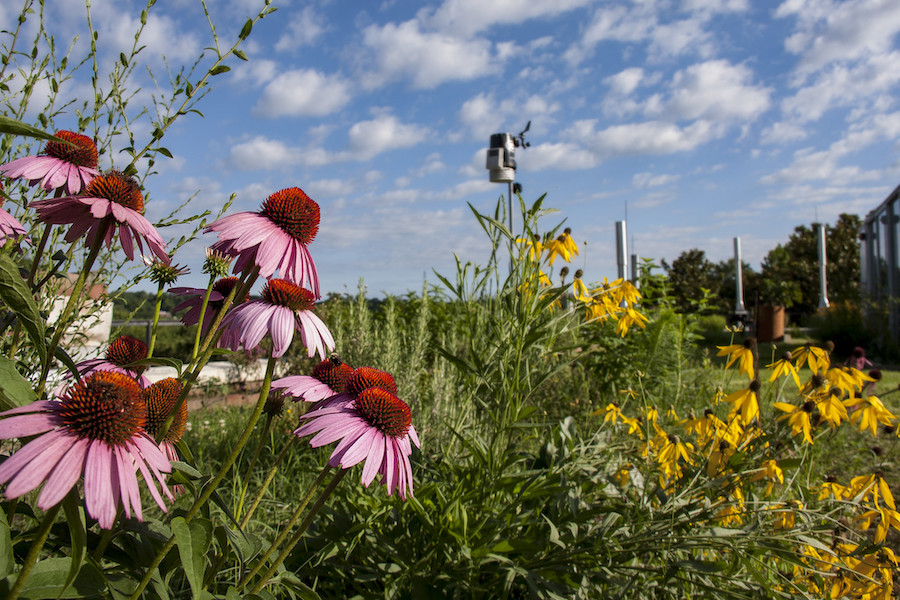 CAES News
CAES News
Urban Pollinator Conservation
Urban landscapes have become a focus in pollinator conservation. Practices in urban plant selection and landscape maintenance play a critical role in pollinator populations and the preservation of essential ecosystem services.


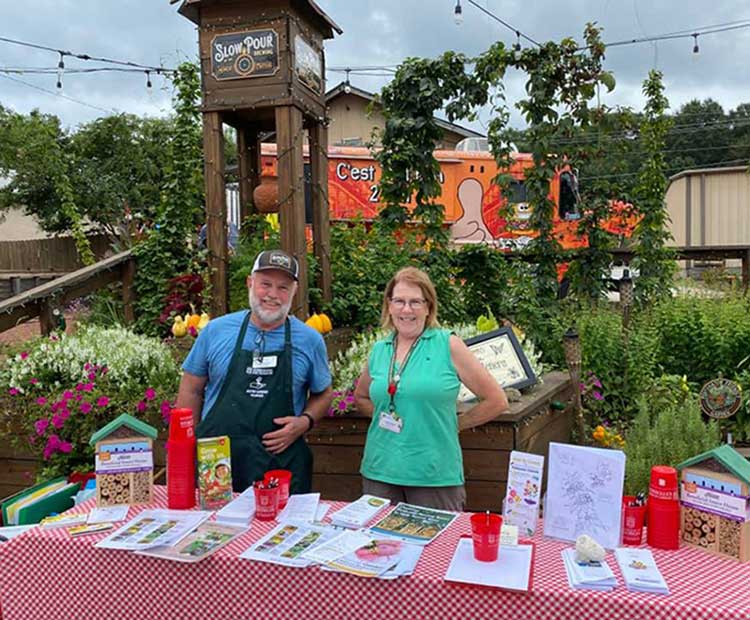
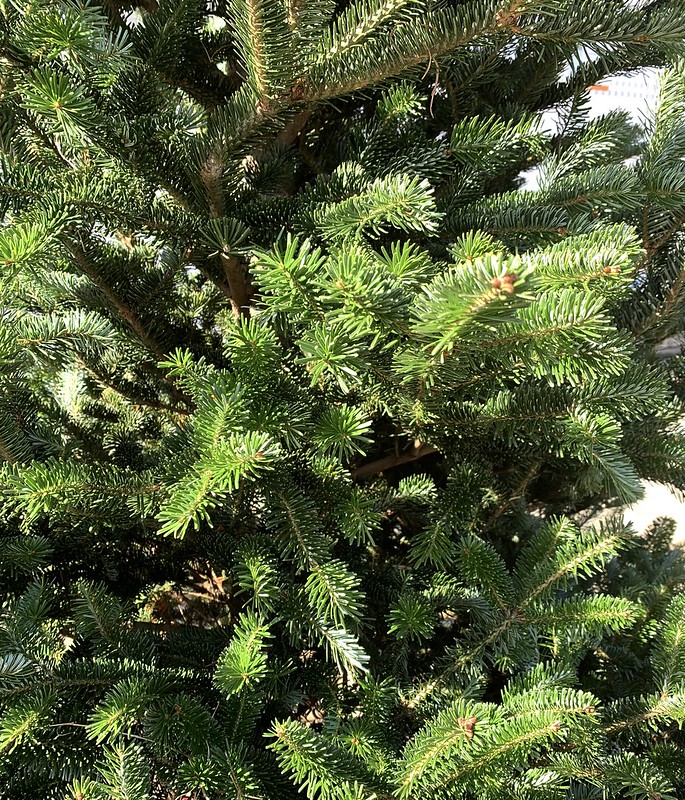
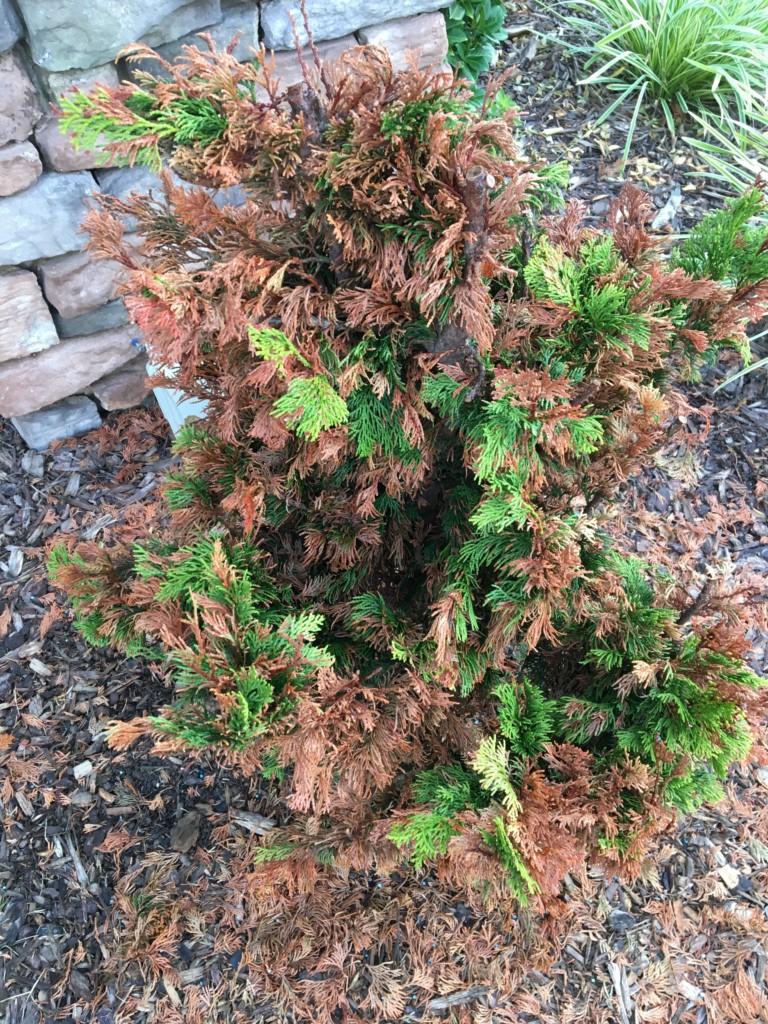
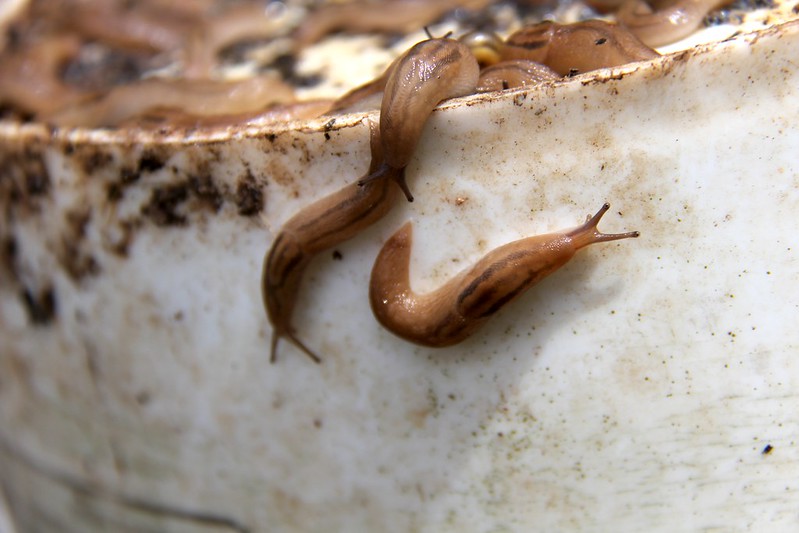
.png)
